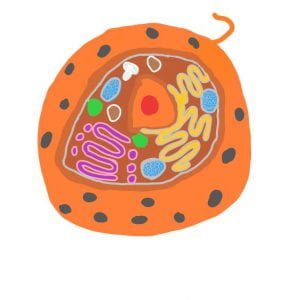PTI Presentations
Here is a link to our PowerPoint.
As part of a novel study we did on The Absolutely True Diary of a Part-Time Indian, we were put in groups and had to research a topic related to Indigenous rights. For my group, our topic was residential schools. In addition to providing research, we had to find two news articles relating to our topic and touch base upon those. Finally, we were required to put our research into the form of a PowerPoint presentation.
Digital Literacy Criteria Met:
- I respond to the work or ideas of my peers in a way that is compassionate and productive (Communication and Collaboration 3)
This project required a significant amount of collaboration between my peers and I. My group had nice group chemistry, and we gave each other positive feedback and constructive criticism in a friendly manner. For example, we discussed the subtopics that we wanted to cover (abuse, loss of language, etc) as a group and brainstormed who would be in charge of which portion of the presentation. We also collaborated to find the news articles we would use for our presentation. To do this, we looked up “Residential Schools” in CBC News and picked two that seemed to represent the topic the best.
- I identify and discuss bias in research sources (Research and Information Literacy 10)
While researching our presentations, we kept a critical opinion on articles we found due to the fact that much of the Indigenous’ history and voices were washed away and suppressed by the government. To do this, we identified whether or not our articles came from a primary source, as well as who wrote the article (was it someone who went to a residential school, someone who had a family member that experienced residential schools, or someone with no background on the topic?) Finally, we also checked the articles for the style of writing the author(s) used (persuasive, informative, etc).
- I look at controversial issues or topics from opposed perspectives and gain a more complete understanding (Research and Information Literacy 12)
In addition to looking for bias in our research, we also took care to refrain from sharing our own opinions or biases during the presentation. We understood that in order to deliver the proper information to our audience, we needed to come forward with a neutral view on our topic, despite any personal opinions we might have. We also made sure to stay unbiased, as at the end of the presentation we were required to ask the audience a question relating to our topic, which they were then supposed to discuss in groups and share their answers with the class.
- I ethically use content that is not created by me by using Creative-Commons licensed audio, video, or images and by properly citing these resources within my work (Digital Citizenship 14)
To make our presentation resonate with our classmates, we used a variety of images to further embellish our research. These images ranged from illustrations to historical photographs and even pictures drawn from the news articles we’d chosen. At the bottom of each image, we made sure to include the proper citation to respect the creator of the photograph or artwork. In addition, we credited articles by using a Works Cited as the final slide for our presentation.
- My work demonstrates a positive, productive, and empathetic worldview (Digital Citizenship 15)
This project was quite important for the history of our country, especially some darker aspects that may not have been touched on for a very long time. To move forward and reconcile for any wrongdoings from the past, we must educate ourselves on what those wrongdoings happened to be. For this reason, our presentation was the perfect opportunity to discuss the horrible events that many Indigenous people experienced. By using news articles and quotes from people who’d gone to residential schools in our presentation, we created room for empathy in regards to the trauma and horrors that they went through.
